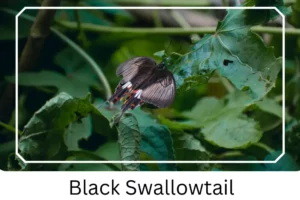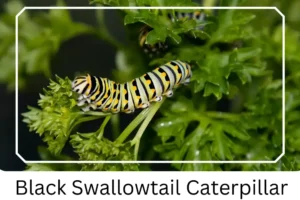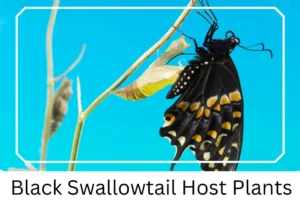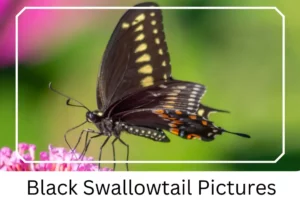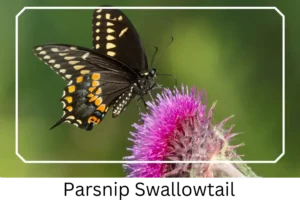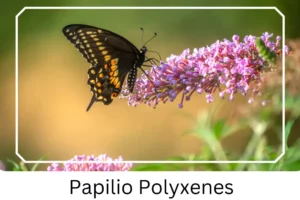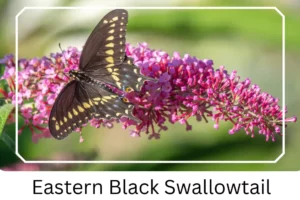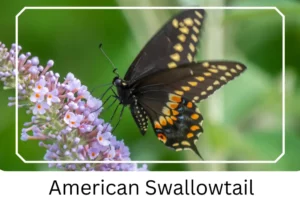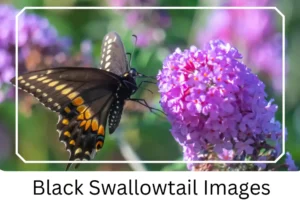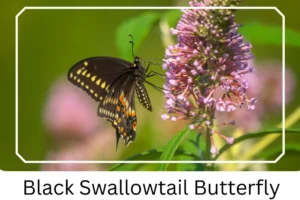Black Swallowtail (Papilio polyxenes)
The Black Swallowtail, a distinguished member of the swallowtail family, is native to a vast portion of North America. Renowned for their striking beauty and elegance, these butterflies captivate observers with their vibrant patterns and dynamic flight. This comprehensive guide delves into the life cycle, habitat, and identifying features of the Black Swallowtail, providing enthusiasts and researchers alike with valuable insights into their fascinating world.
Scientific Classification
- Family: Papilionidae
- Genus: Papilio
- Common names: Eastern Black Swallowtail
- Scientific Name: Papilio polyxenes
Overview
The Black Swallowtail butterfly thrives across varied North American landscapes, including the open spaces of parks, marshes, deserts, and fields. With a life cycle that encompasses remarkable transformations from egg to caterpillar, and from pupa to the resplendent adult butterfly, these creatures exhibit fascinating biological adaptations and behaviors. This guide aims to enrich your understanding of the Black Swallowtail, offering detailed descriptions, quick facts, and intriguing tidbits that highlight their unique place in the natural world.
Description and Identification
Caterpillar
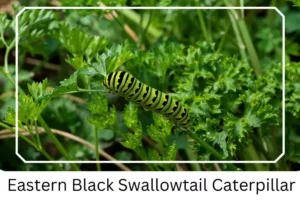
Eastern Black Swallowtail Caterpillar
Black Swallowtail caterpillars are initially black with a distinctive orange osmeterium, which they use as a defense mechanism against predators. This forked gland, resembling a snake’s tongue, along with their consumption of toxin-laden plants, deters bird predators due to the caterpillar’s unpalatable taste.
Pupa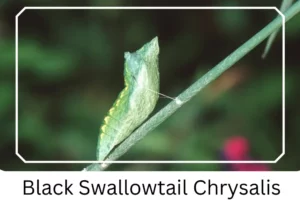
The chrysalis or pupa stage features a body that is primarily green or brown, transitioning to a darker green shade as development progresses towards emergence.
Adult Butterfly
Sexual Dimorphism: Present within the species, with noticeable differences between males and females in size and coloration.
Color and Appearance: Adults display a striking black color with two rows of yellow spots on the upper surface of their wings when opened. Females have smaller, lighter spots compared to the larger, brighter spots of males. A blue space between these rows is more pronounced in females. The hind wings feature a red spot with a black bullseye and a solitary yellow spot on the front edge. When closed, their wings reveal a beautiful pattern of black, white, blue, and orange spots.
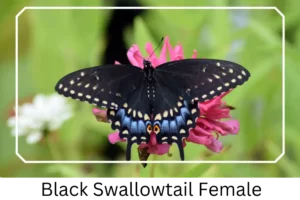
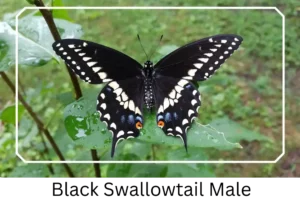 Average Wingspan: Ranges from 6.9 to 8.4 cm (2.7 – 3.3 inches), with females generally larger than males.
Average Wingspan: Ranges from 6.9 to 8.4 cm (2.7 – 3.3 inches), with females generally larger than males.
Flight Pattern: Characterized by a fast and agile flight style, making them a dynamic presence in their natural habitats.
Eggs
Females lay between 200 to 430 pale yellow eggs, which darken to gray before hatching. The larvae undergo significant color changes, from black and white in early stages to green with yellow spots and a black band in later stages.
Quick Facts | |
| Distribution | Found throughout America, including Colorado, California, and parts of Canada like Saskatchewan and Quebec. |
| Habitat | Prefers open areas such as parks, marshes, deserts, and fields. |
| Lifespan of Adults | Approximately one week. |
| Host Plants | Includes Mock bishopweed, Roughfruit scaleseed, Spotted water hemlock, and more. |
| Adult Diet | Feeds on the nectar of plants like thistles, clover, phlox, and milkweed. |
How to Identify Black Swallowtail?
Identifying a Black Swallowtail butterfly involves noting their distinctive wing patterns and colors. Look for the unique combination of yellow spots arranged in two rows on the black background of their wings when open. The presence of a blue area between these rows, especially pronounced in females, and a red spot on the hind wing are key markers. Observing the caterpillar’s black body with an orange osmeterium and the pupa’s color transition can also provide clues. The Black Swallowtail’s fast flight pattern and preference for specific host plants during the larval stage further aid in identification, making them a distinguishable species among North American butterflies.
Did You Know?
- The Black Swallowtail’s resemblance to the toxic pipevine swallowtail confuses predators, offering protection through mimicry.
- Despite not being poisonous, the caterpillar’s consumption of toxin-rich plants makes them distasteful to birds.
- Commonly known as the parsley worm, the caterpillar feeds on parsley among other plants.
- The species name “Polyxenes” is inspired by Polyxena, a figure from Greek mythology.
- The Black Swallowtail holds the honor of being the state butterfly of New Jersey and Oklahoma.
- These butterflies play a crucial role in pollination, contributing to the health of their ecosystems.
Conclusion
The Black Swallowtail butterfly is not only a symbol of natural beauty but also an integral part of the ecological balance within its native habitats across North America. Whether you’re a butterfly enthusiast, a researcher, or simply a nature lover, the Black Swallowtail offers a fascinating glimpse into the diversity and resilience of the natural world.
Black Swallowtail Pictures

Scientific Classification

- Family: Papilionidae
- Genus: Papilio
- Common names: Eastern Black Swallowtail
- Scientific Name: Papilio polyxenes

